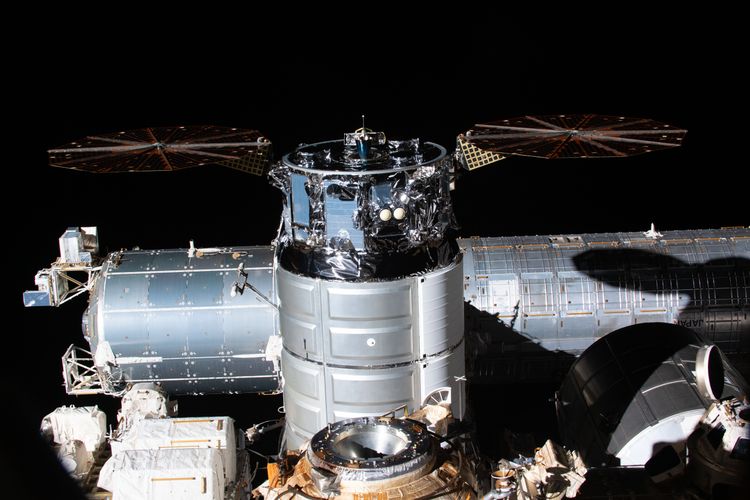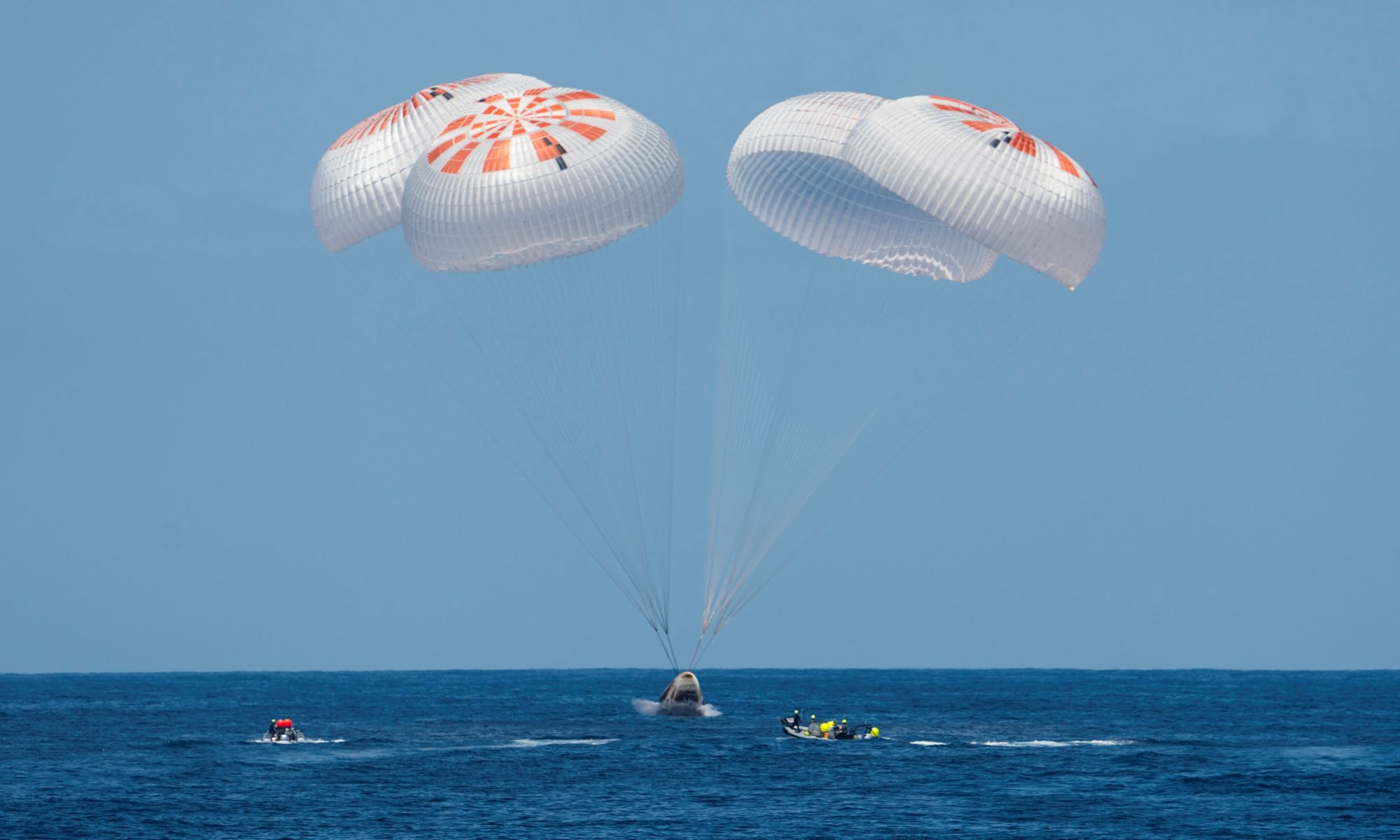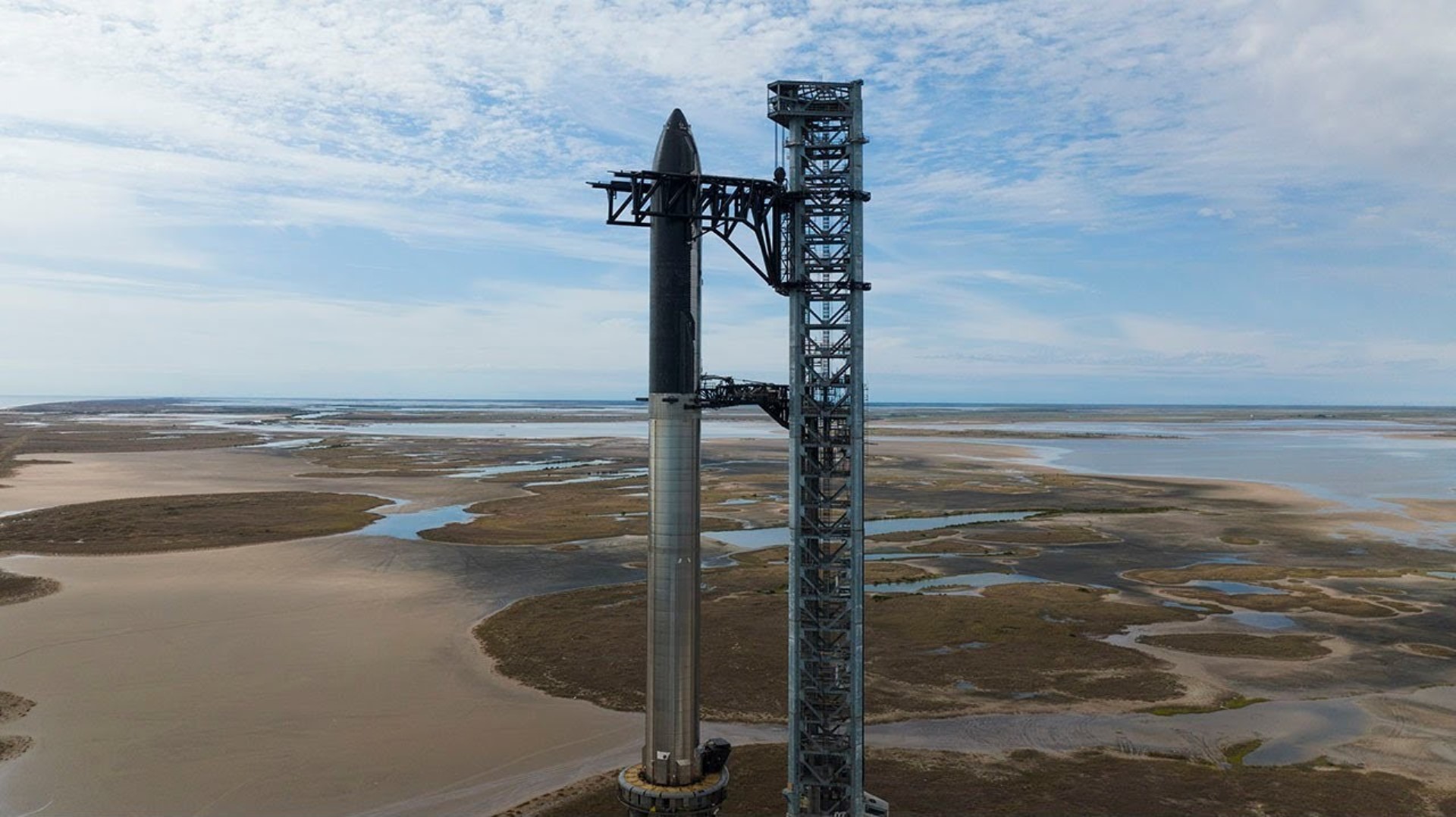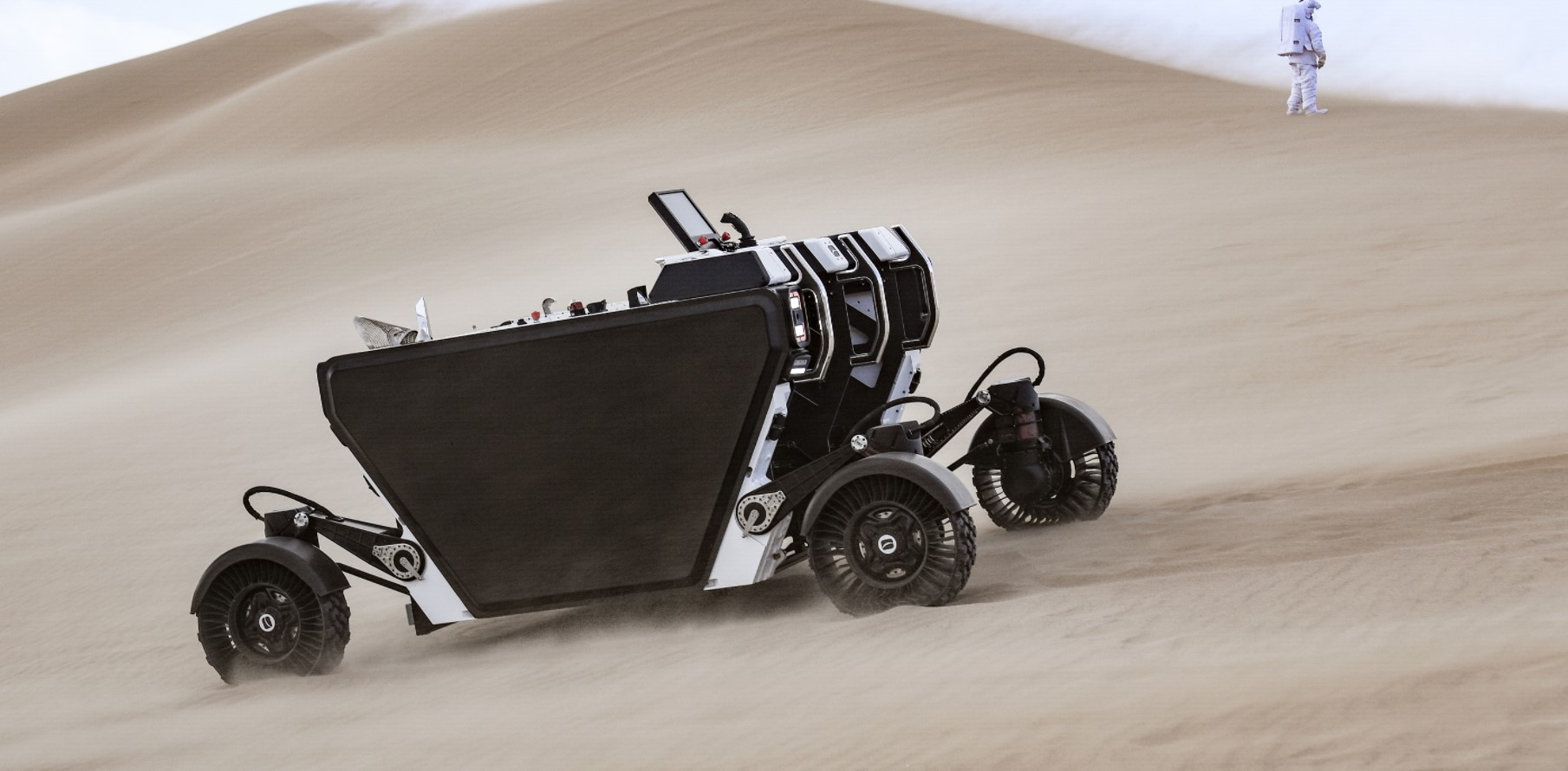Northrup Grumman’s Cygnus cargo spacecraft conducted a successful reboost of the International Space Station over the past weekend, on Saturday, June 25, 2022. The Cygnus NG-17 “Piers Sellers” is the first US-based spacecraft to provide a substantial orbital adjustment to the ISS since the space shuttles retired in 2011. Russia’s Progress cargo spacecraft has been the primary source for station reboosts, attitude control, and debris avoidance maneuvers.
“This reboost of the ISS using Cygnus adds a critical capability to help maintain and support the space station,” said Steve Krein, vice president, civil and commercial space, tactical space systems, Northrop Grumman, in a press release. “It also demonstrates the enormous capability Cygnus offers the ISS and future space exploration efforts.”
Continue reading “Cygnus Boosts the International Space Station for the First Time. NASA Can Now Potentially Keep the Station Aloft Without Russia’s Progress Spacecraft”









